Cell Adhesion Molecules Are Thought to Mediate
The cell-cell adhesion mediating molecules can further be divided by their ligands as selectins bind carbohydrates in a calcium dependent manner cadherins mediate preferably homophilic bonds in a calcium-dependent manner and the IgSF subfamily nectins mediate homophilic and heterophilic bonds. Adhesion molecules have been divided into three major families.
Cell Adhesion Molecules In Normal And Cancer Cells A Schematic Download Scientific Diagram
Other cell adhesion molecules such as integrins have been implicated in synaptic function 87 but are generally thought to mediate cellsubstrate interactions and.

. Work by many researchers has illuminated their roles in modulating activation of molecules such as receptor tyrosine kinases with subsequent effects on cell survival migration and process extension. The result is a well-defined structurea desmosome a hemidesmosome a focal adhesion or an adherens junction that is easily identified in the electron microscope. Cell adhesion molecules CAMs are now known to mediate much more than adhesion between cells and between cells and the extracellular matrix.
This interaction is thought to maintain talin in an inactive state when it is free in the cytoplasm. An important issue to address is why there is a need for signaling by cell adhesion molecules which are especially suited to mediate physical interactions between cells when there exist plenty of traditional cell surface receptors dedicated to signal transduction. They mediate interactions between leukocytes and endothelial cells facilitating the initial process of leukocyte rolling firm attachment to endothelium transendothelial migration diapedesis and migration along connective tissue.
Two cell types of adhesion molecules found at adherens junctions cadherins and nectins are thought to mediate homophilic interaction between neighboring cells. The selectins the integrins and the immunoglobulin superfamily. 410857 L1CAM is a transmembrane glycoprotein that is expressed by neurons in Schwann cells and is thought to play a role in the development of the CNS particularly in regard to neuronal outgrowth and pathfinding.
Selectins are small proteins that mediate the first contact between stimulated endothelial cells and leukocytes. The selectins the integrins and the immunoglobulin superfamily. The selectin family of adhesion molecules are thought to mediate rolling by binding counter-receptors that present carbohydrates such as sialyl Lewis x sLe x.
Selectins are small proteins that mediate the. Selectins members of the immunoglobulin superfamily and integrins. Madeline Eve Josan Gandawijaya Liming Yang and Asami Oguro-Ando.
A Simplified representation of how cell adhesion molecules mediate neutrophil adhesion to the endothelium. Adhesion molecules have been divided into three major families. 141 demonstrate that the differential localization of two heterophilic interacting nectins mediates the selective attraction of axons and dendrites in cooperation with cadherins.
-cell adhesion molecules bind to like molecules on neighbouring cells. Cell adhesion molecules CAM are thought to play a significant role in metastatic adhesion. A calcium dependent adhesion molecule Mediate homotypic cell-cell adhesion.
And potential clinical applications of the acquired knowledge on cell adhesion molecules in preventing or alleviating renal injury. Mediate cell-cell adhesion 2. However increasing evidence suggests that CAMs also mediate mechanisms involved in several neurological diseases.
Signals generated at a site of inflammation cause circulating T cells to respond by rolling arrest and then transmigration through the endothelium all of which are mediated by adhesion molecules. Recently we described a cell-free system for rolling using sLe x-coated microspheres and E-selectin molecules on inert substrates. Cell adhesion molecules are indispensable for nervous system development and maintenance.
They mediate cell-to-cell andor cell-to-ECM interactions and by doing so they trigger intracellular responses affecting intracellular signaling cytoskeletal organization andor gene expression. Cell adhesion molecules mediate the extravasation of leukocytes and their accumulation in the inflamed intestinal mucosa. Cell adhesion molecules CAMs mediate interactions between cells and their surroundings that are vital to processes controlling for cell survival activation migration and plasticity.
Adhesion molecules such as Cadherins and Integrins mediate stem cell contacts with other cells and ECM proteins respectively. Adhesion molecules are known to -be important components of an active T-cell mediated immune response. This process is controlled by a family of CAM molecules including ICAM1 PECAM1 and MADCAM1 the selectins and the integrins.
B Schematic representation of the three major classes of cell adhesion molecules. In this issue Togashi et al. Elextrodiagnostic Medicine Second Edition 2002.
University of Exeter Medical School University of Exeter Exeter United Kingdom. Binds cells to other cells on lateral margins Located at the zonula adherens- belt desmosomes in the intestinal epithelial cells They interact with spectrin and ankyrin. Autism spectrum disorder ASD is a complex neurodevelopmental condition characterized by restrictive and repetitive.
Their role in transplantation is reviewed. Neuronal Cell Adhesion Molecules May Mediate Neuroinflammation in Autism Spectrum Disorder. Accessory adhesion molecules are thought to influence the first interaction between host leukocytes and graft vascular endothelial cells.
We showed that sLe x-coated microspheres rolled over E-selectin-IgG chimera. CAM are a distinct group of molecules which mediate extravasation of leukocytes and. A bulky cytoskeletal apparatus must then be assembled around the molecules that directly mediate the adhesion.
To form an anchoring junction cells must first adhere. Selectins are specialized adhesion molecules that mediate carbohydrate-dependent adhesion of leuko- cytes to endothelial cells and platelets. The selectin family has three members L- leukocyte E- endo- thelial and P- platelet selectin that are all struc- turally homologous type-I transmembrane proteins.
These molecules can be divided into three major classes.
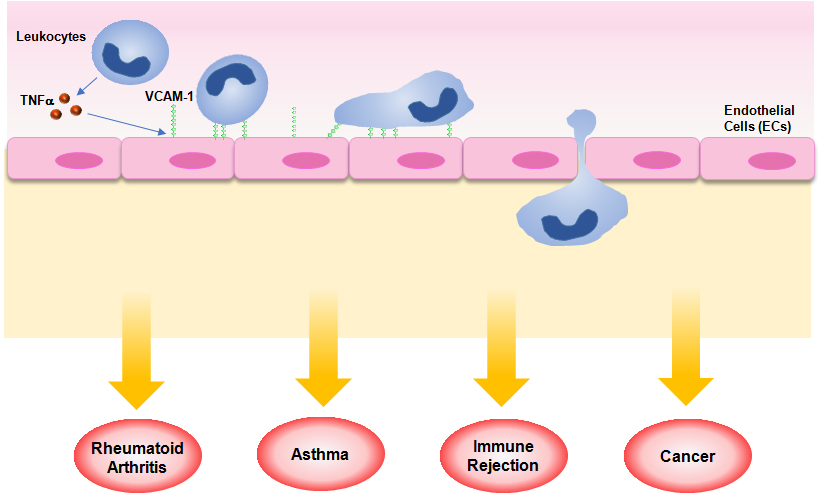
Ijms Free Full Text Emerging Roles Of Vascular Cell Adhesion Molecule 1 Vcam 1 In Immunological Disorders And Cancer Html

Cell Adhesion Molecules Cams And Junctional Complexes Are Abundant In Download Scientific Diagram
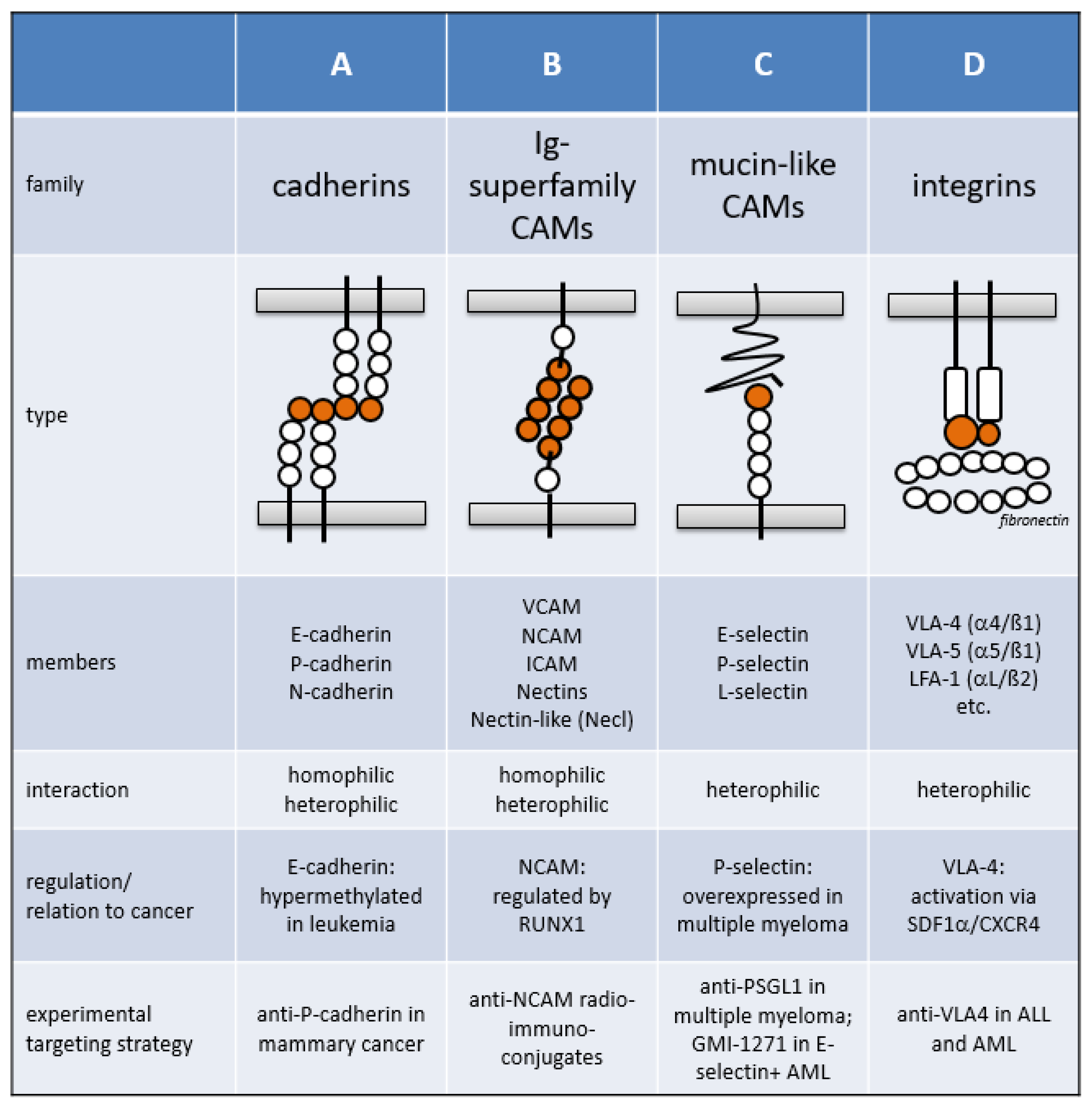
Cancers Free Full Text Oncogenic Deregulation Of Cell Adhesion Molecules In Leukemia Html
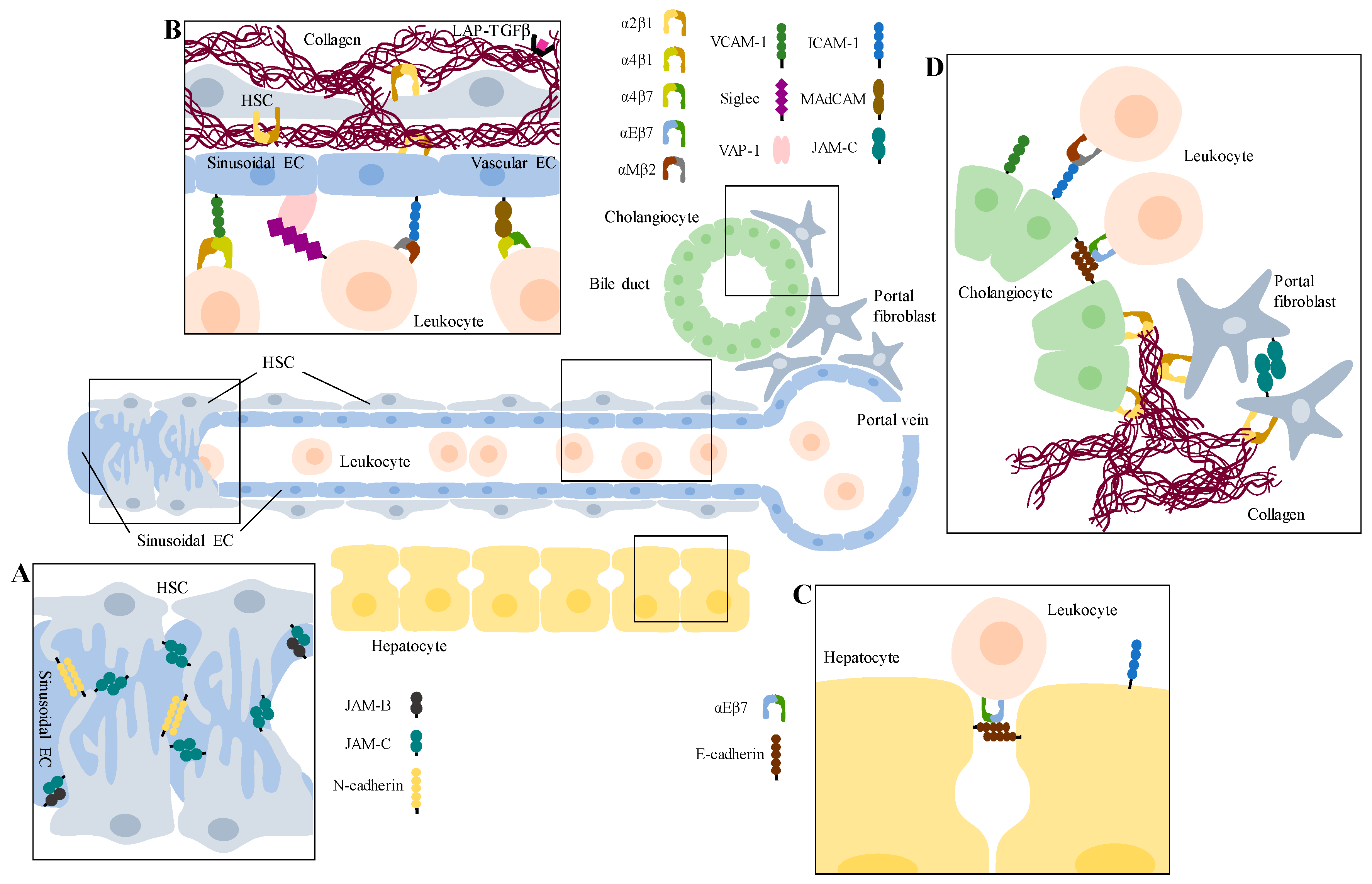
Cells Free Full Text The Many Roles Of Cell Adhesion Molecules In Hepatic Fibrosis Html

Extravasation Of Cancer Cells Is A Multi Step Process The First Step Download Scientific Diagram
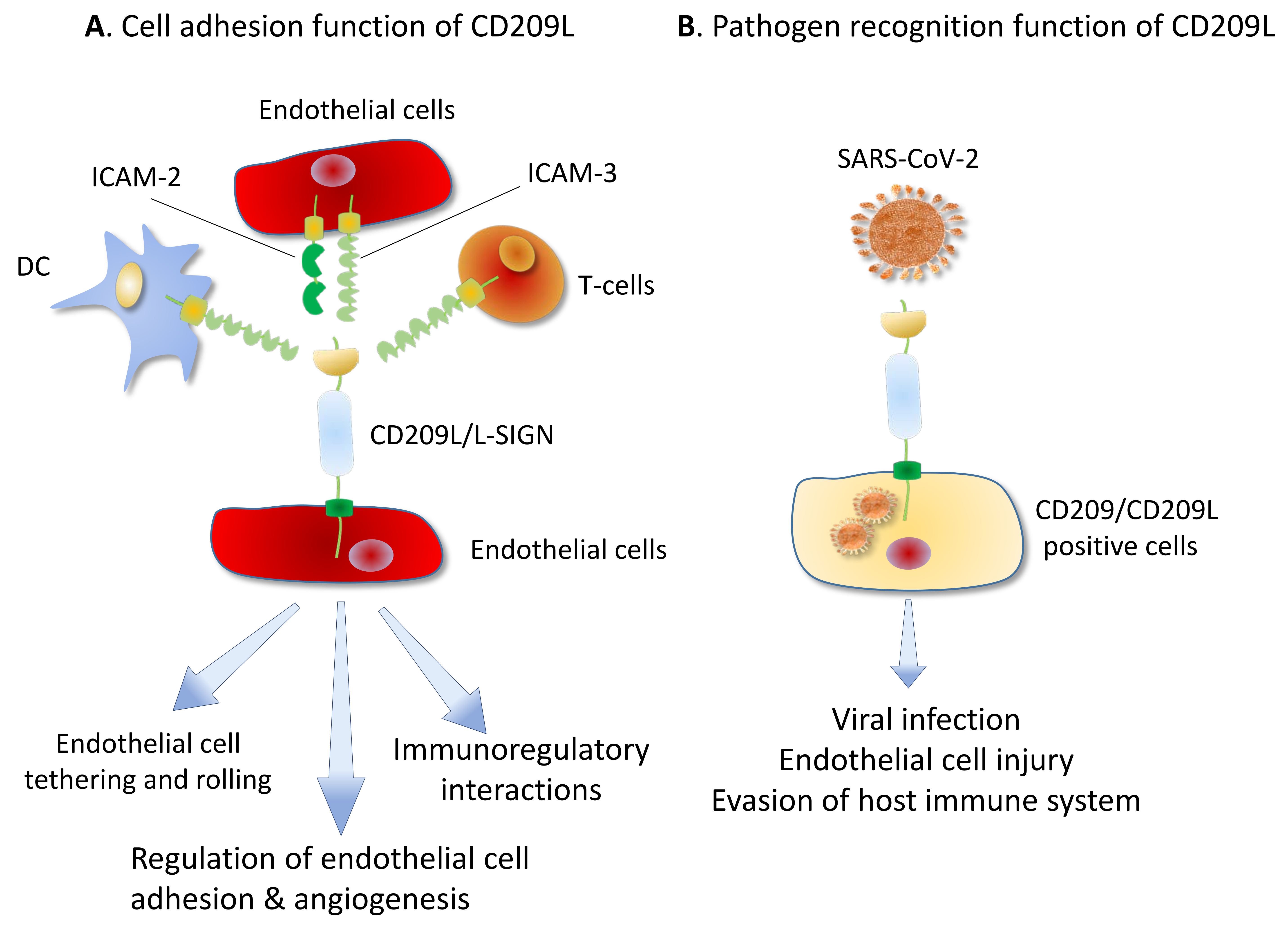
Biology Free Full Text C Type Lectin Cd209l L Sign And Cd209 Dc Sign Cell Adhesion Molecules Turned To Pathogen Recognition Receptors Html
Cell Adhesion Molecules Part 1
Cell Adhesion Molecules Part 1
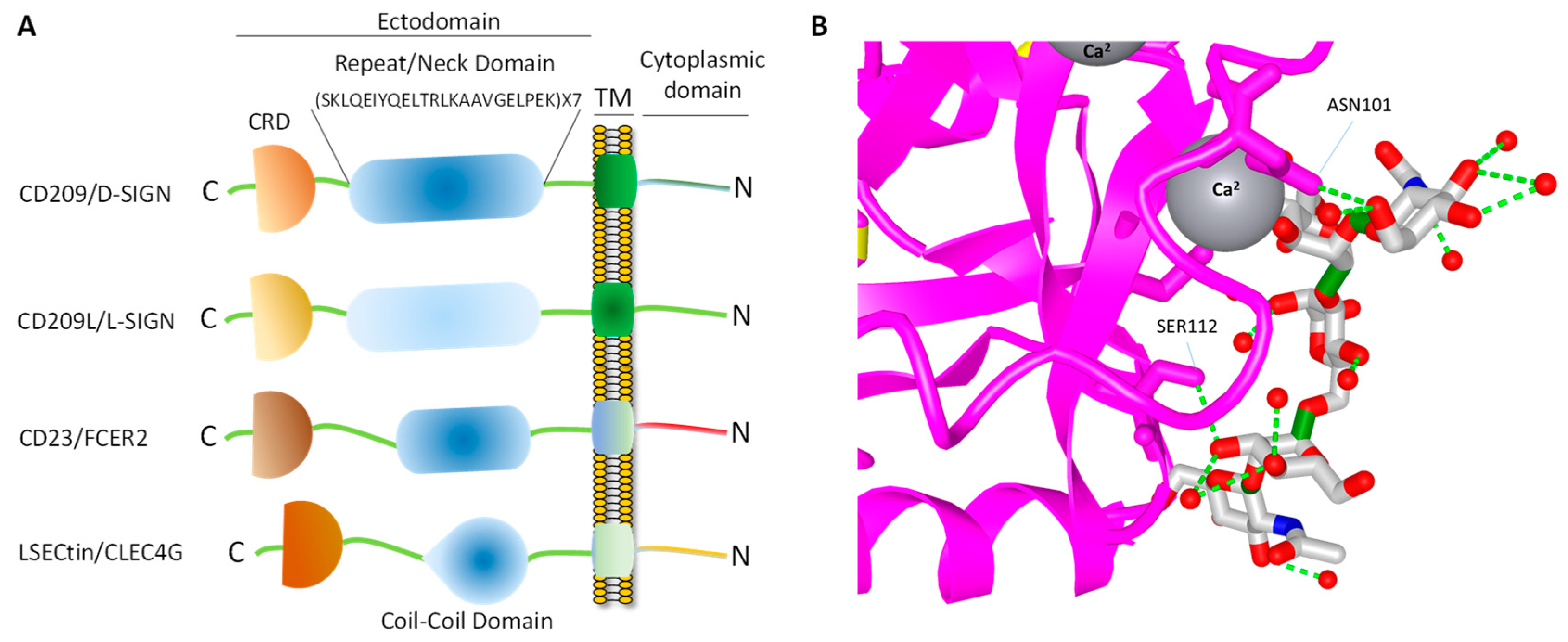
Biology Free Full Text C Type Lectin Cd209l L Sign And Cd209 Dc Sign Cell Adhesion Molecules Turned To Pathogen Recognition Receptors Html

A Simplified Representation Of How Cell Adhesion Molecules Mediate Download Scientific Diagram

A Simplified Representation Of How Cell Adhesion Molecules Mediate Download Scientific Diagram
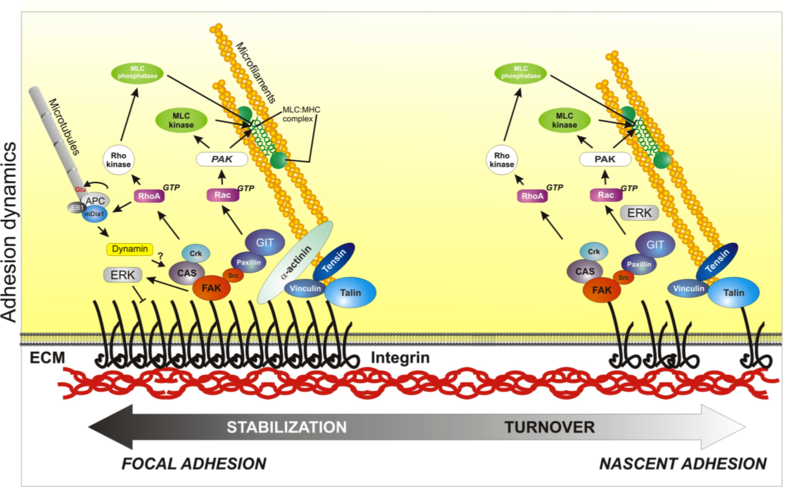
Adhesion Welcome To Cellmigration

Cells Free Full Text Junctional Adhesion Molecules Jams The Jam Integrin Connection Html

Adhesion Molecules I R D Systems
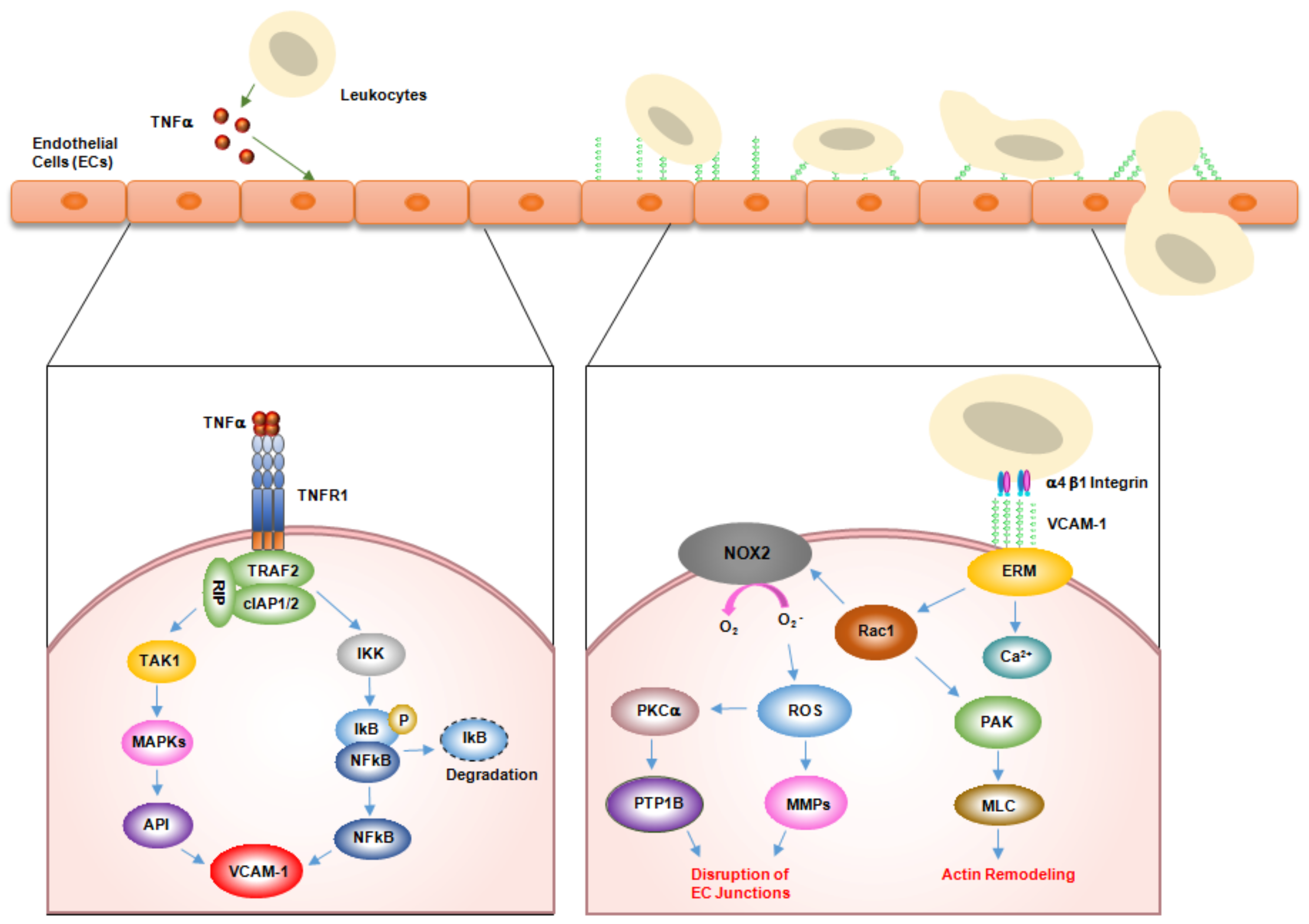
Ijms Free Full Text Emerging Roles Of Vascular Cell Adhesion Molecule 1 Vcam 1 In Immunological Disorders And Cancer Html

Structure Of Immunoglobulin Cell Adhesion Molecules Igcams Shown Are Download Scientific Diagram

Overview Of The Four Main Cam Classes The General Structure And Download Scientific Diagram

A Simplified Representation Of How Cell Adhesion Molecules Mediate Download Scientific Diagram
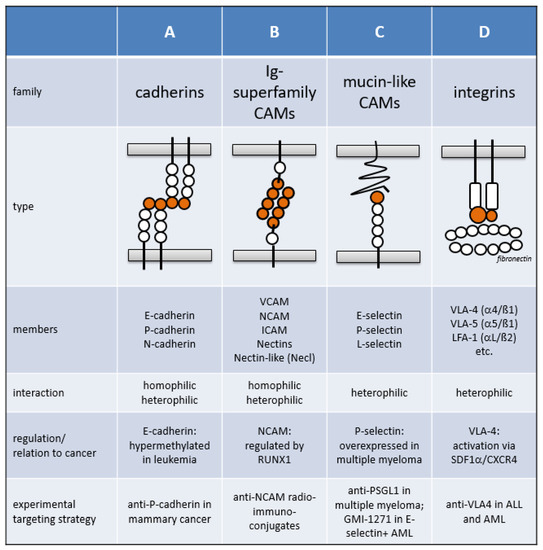
Cancers Free Full Text Oncogenic Deregulation Of Cell Adhesion Molecules In Leukemia Html
Comments
Post a Comment